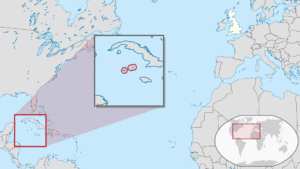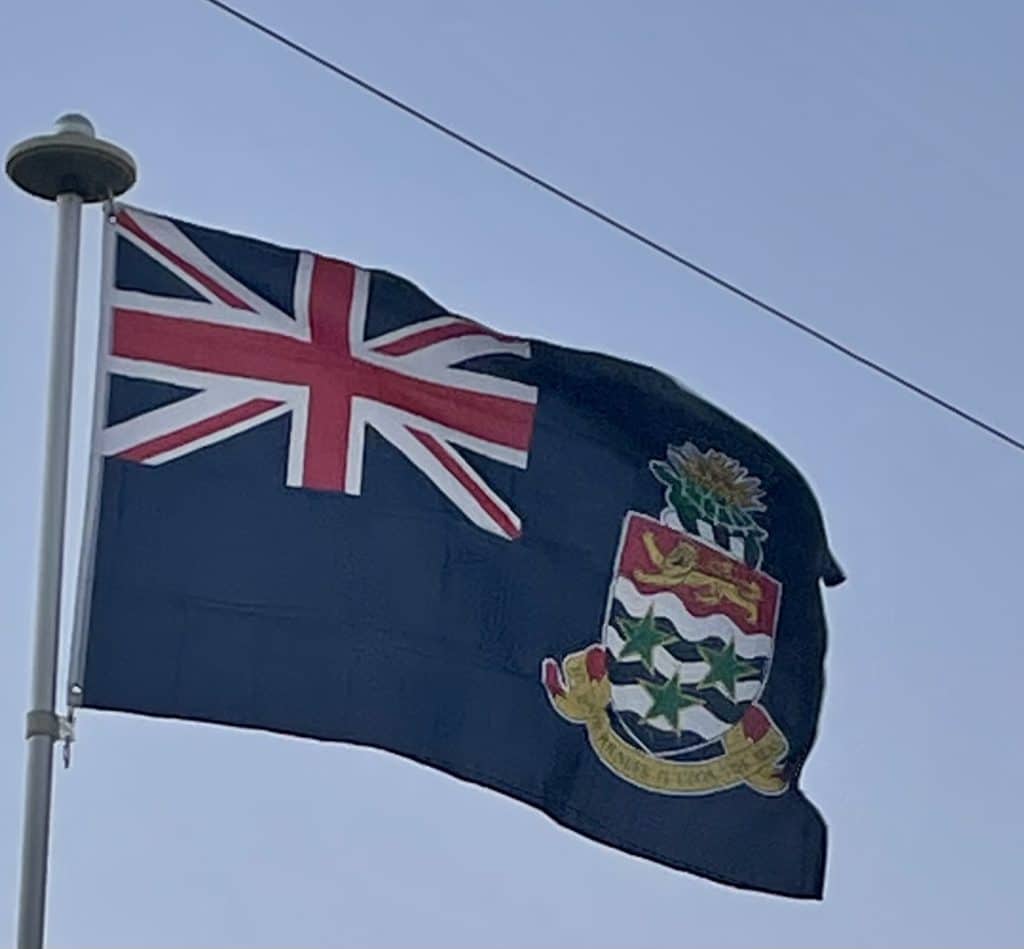Introduction:
The Cayman Islands is a self-governing British Overseas Territory, the largest by population, in the western Caribbean Sea. The 264-square-kilometre (102-square-mile) territory comprises the three islands of Grand Cayman, Cayman Brac and Little Cayman, which are located to the south of Cuba and northeast of Honduras, between Jamaica and Mexico‘s Yucatán Peninsula. The capital city is George Town on Grand Cayman, which is the most populous of the three islands.

The Cayman Islands is considered to be part of the geographic Western Caribbean Zone as well as the Greater Antilles. The territory is considered a controversial major world offshore financial haven for international businesses and wealthy individuals, largely as a result of the state not charging taxes on any income earned or stored.
History:
No archaeological evidence for an indigenous presence has been found on the Cayman Islands. Therefore, it is believed that they were discovered by Christopher Columbus on 10 May 1503 during his final voyage to the Americas. He named them ‘Las Tortugas’ due to the large number of turtles found on the islands (which were soon hunted to near-extinction); however, in the succeeding decades the islands began to be referred to as the Caymans, after the caimans present there. No immediate colonization occurred following Columbus’s discovery; however, a variety of settlers from various backgrounds made their home on the islands, including pirates, shipwrecked sailors, and deserters from Oliver Cromwell‘s army in Jamaica. Sir Francis Drake briefly visited the islands in 1586.
The first recorded permanent inhabitant of the Cayman Islands, Isaac Bodden, was born on Grand Cayman around 1661. He was the grandson of the original settler named Bodden who was probably one of Oliver Cromwell’s soldiers at the taking of Jamaica in 1655.
England took formal control of the Cayman Islands, along with Jamaica, as a result of the Treaty of Madrid of 1670. That same year saw an attack on a turtle fishing settlement on Little Cayman by the Spanish under Manuel Ribeiro Pardal. Following several unsuccessful attempts at settlement in what had by now become a haven for pirates, a permanent English-speaking population in the islands dates from the 1730s. With settlement, after the first royal land grant by the Governor of Jamaica in 1734, came the perceived need for slaves. Many were brought to the islands from Africa; this is evident today with the majority of native Caymanians being of African and/or English descent. The results of the first census taken in the islands in 1802 showed the population on Grand Cayman to be 933, with 545 of those inhabitants being enslaved. Slavery was abolished in the Cayman Islands in 1833. At the time of abolition, there were over 950 people of African ancestry enslaved by 116 white families of English ancestry.
On 22 June 1863, the Cayman Islands became officially declared and administered as a dependency of the Crown Colony of Jamaica. The islands continued to be governed as part of the Colony of Jamaica until 1962, when they became a separate Crown colony while Jamaica became an independent Commonwealth realm.

In the 1950s, tourism began to take off with the opening of Owen Roberts International Airport (ORIA) in 1952, a bank and several hotels, plus a number of scheduled flights and cruise stop-overs. Politically the Cayman Islands were an internally self-governing territory of Jamaica from 1958 to 1962; however, they reverted to direct British rule following the independence of Jamaica in 1962. In 1972, a large degree of internal autonomy was granted by a new constitution, with further revisions being made in 1994. The Cayman Islands government focused on boosting the territory’s economy via tourism and off-shore finance, both of which mushroomed from the 1970s onwards. The Caymans have historically been a tax-exempt destination, and the government has always relied on indirect and not direct taxes. The territory has never levied income tax, capital gains tax, or any wealth tax, making them a popular tax haven.

